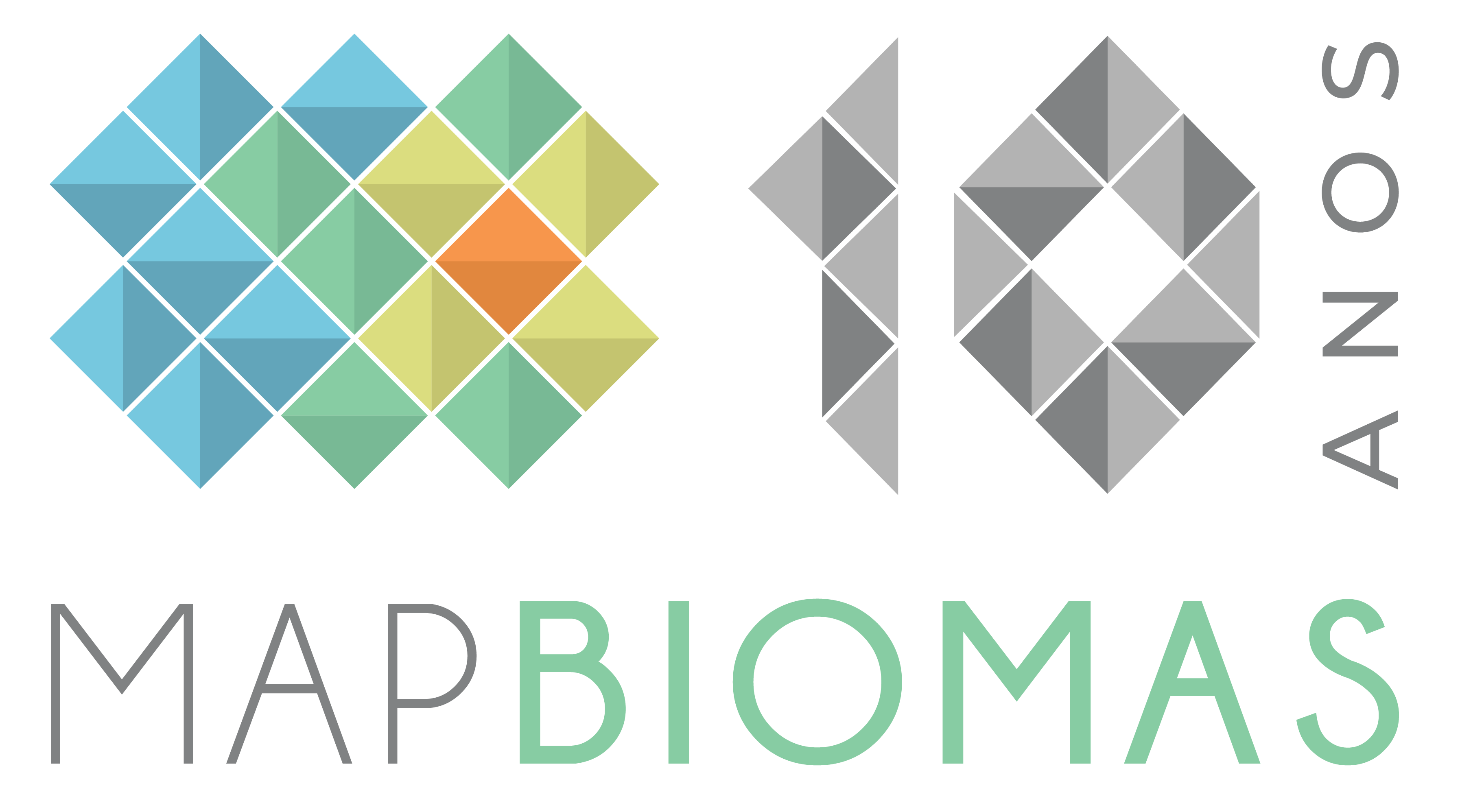The Amazon overtakes the Cerrado and becomes the biome with the largest area of pasture in Brazil, but the Cerrado remains the biome with the largest agricultural area in the country, concentrating half of the soybean crops.
New data from MapBiomas covering the 38-year period between 1985 and 2022 shows that the area occupied by agriculture in Brazil grew by 50% in this period, expanding to 95.1 million hectares - an area larger than Brazil's third largest state, Mato Grosso, and equivalent to 10.6% of the national territory.
In 1985, the activity accounted for just over a fifth (22%) of Brazil's area, or 187.3 million hectares. In almost four decades this area has jumped to 282.5 million hectares, or a third of the national territory. Of this total, 58% is pastureland, which grew by more than 60% between 1985 (103 million hectares) and 2022 (164.3 million hectares).
>> Access the main highlights of Agriculture (1985-2022)
Much of this growth took place in the Amazon, where pasture areas occupied 13.7 million hectares in 1985 and jumped to 57.7 million hectares in 2022. The constant advance of pastures over native vegetation led the Amazon to overtake the Cerrado, where there was a slight decline, from 55 million hectares of pasture to 51.3 million hectares, in the ten-year period between 2013 and 2022.
Almost two thirds (64%) of the expansion of agriculture in Brazil is the result of deforestation for pasture, around 64.5 million hectares. Direct deforestation for agriculture accounts for another 10% of the expansion of agriculture in Brazil, equivalent to 10 million hectares. A quarter (26%) of the expansion of agriculture took place in areas that had already been anthropized, or 26.7 million hectares.
Agriculture
The area under agricultural cultivation increased by 41.9 million hectares across Brazil between 1985 and 2022, rising from 19.1 million hectares to 61 million hectares. The expansion was approximately twice the area of the state of Paraná. Almost all of this (96%) is grain and sugarcane crops, which have tripled in 38 years. In 1985, they occupied 18.3 million hectares; by 2022, their area was equivalent to 7% of the national territory, or 58.7 million hectares. Of this total, 35 million hectares are under soybean cultivation, which alone has increased its cultivated area fourfold, not to mention the second corn crop, which is grown after the soybean harvest.
The direct conversion of native vegetation to agriculture remained relatively constant over 38 years, with a declining trend between 2018 and 2022. However, although the amounts of area converted have remained stable, the geographical distribution of these conversions has varied over the periods. The new agricultural frontiers are concentrated in MATOPIBA, AMACRO and the Pampa biome. The majority (72.7%) of Brazil's converted agricultural areas have come from anthropized areas, i.e. agricultural intensification, with an emphasis on areas that were previously pasture.
The most recent advance in temporary agriculture occurred mainly in the Cerrado and Amazon biomes, where soybeans have become more important in the last two decades, growing from around 1 million hectares to 7 million hectares today. The advance of temporary agriculture has taken place in all biomes, but especially in the Cerrado, where soya has increased more than 15-fold, to around 18 million hectares, making it the leading biome in terms of agricultural area and area planted with soya in the country. Despite accelerated growth in recent years in the Amazon, the Cerrado accounts for 48% of the area planted with soy in Brazil and around 3.3 times more than the soy area in the Amazon. By 2022, soy would occupy 11% of the biome's area.
Perennial crops, such as coffee, citrus, oil palm and others, tripled in area between 1985 and 2022, from 800,000 hectares in 1985 to 2.4 million hectares last year. Among the classes of perennial agriculture mapped, coffee remains the leader, with 1.3 million hectares in 2022. Citrus cultivation has expanded since the 1990s, with 228,000 hectares in 2022. In the case of oil palm, which is more present in the north of the country (in the states of Pará and Roraima), its expansion has been more pronounced since 2012, rising from 48,000 hectares to 180,000 hectares.
In terms of expansion, forestry increased sixfold between 1985 and 2022 - from 1.5 million hectares to 8.8 million hectares, or an increase of 7.3 million hectares. The highlight is the advance in the Pampa biome, where the increase was 17-fold, reaching an area of almost 1 million hectares by 2022.
Pastures
The conversion of native vegetation to pasture has remained at high levels for 38 years, with a drop in the period from 2008 to 2012, but an upward trend since 2013. While in Brazil pastures over 20 years old predominate (69%), in the Amazon almost half (45.3%) of them are new areas, less than 20 years old. In the country as a whole, only 15% of pastures were formed in the last ten years. Three out of every four hectares of pasture in the Amazon (73%) were formed since the 1990s, with 14.8% having been formed in the last five years.
Between 1985 and 2022, the five states with the largest areas of deforestation for conversion to pasture were Pará (18.5 million hectares), Mato Grosso (15.5 million hectares), Rondônia (7.4 million hectares), Maranhão (5.4 million hectares) and Tocantins (4.5 million hectares) - states in the Amazon and Matopiba, one of the main frontiers of deforestation today.
In the same period, the five states with the largest areas of deforestation for direct conversion to agriculture were Mato Grosso (3 million hectares), Rio Grande do Sul (2.6 million hectares), Bahia (1.8 million hectares), Maranhão (790,000 hectares) and Goiás (550,000 hectares).
In the case of deforestation for pastures that were later converted into agricultural areas, São Paulo took the lead (2 million hectares), followed by Mato Grosso do Sul (1.2 million hectares), Rio Grande do Sul and Mato Grosso (1.1 million hectares each) and Paraná (1 million hectares).

